The domestic steel prices in India have plummeted to their lowest level in 45 months. According to data from ICRA, the price of the benchmark Hot Rolled Coil (HRC) has fallen to Rs 51,200 per tonne in August 2024, marking the lowest level since November 2020 when it was Rs 45,975 per tonne. This significant decline, despite strong domestic consumption, is primarily driven by an oversupply situation caused by rising imports and falling exports.
Economic Impact and Inflation
The drop in steel prices could offer some temporary relief from inflationary pressures, as steel is a fundamental industrial raw material. Lower steel prices may reduce production costs for industries that rely on steel, potentially easing the overall inflationary burden. However, this potential benefit is tempered by the risk of sustained low prices affecting the profitability of steel manufacturers. Prolonged low prices could impact their margins and investment capabilities, potentially hindering long-term industry growth and infrastructure development.
Price Trends and Market Analysis
Recent data highlights a dramatic decrease in steel prices. The August 2024 price of HRC at Rs 51,200 per tonne represents a sharp decline from the levels observed in recent years. This trend is corroborated by industry reports and market analyses indicating that the current price level is the lowest in nearly four years. The persistent decline in prices is attributed to a combination of domestic and global market factors.
Domestic Supply and Production Factors
Domestically, the increase in steel production has contributed to the supply-demand imbalance. Major Indian steel producers, such as JSPL and NMDC, have expanded their production capacities, leading to an oversupply of steel in the market. This increase in domestic supply, combined with higher import volumes, has further depressed steel prices. Industry reports from sources like the Ministry of Steel highlight that this oversupply situation is creating a challenging environment for steel producers, with margins under considerable pressure.
Trade Dynamics and Import Challenges
The surge in steel imports has played a crucial role in the current pricing trends. According to trade data from the Directorate General of Foreign Trade (DGFT), Indian imports of steel have risen significantly, with substantial quantities coming from FTA countries like Japan and Korea. This increase in imports is driven by the absence of trade barriers to counter predatory pricing from countries with excess steel production capacity. The rise in low-priced imports has intensified competition for domestic producers, who struggle to maintain price competitiveness.
Trade Balance and Structural Issues
The deterioration of the steel trade balance reflects several underlying issues. Data from the Ministry of Commerce and Industry shows that India became a net importer of steel in the fiscal year 2024, with imports surpassing exports. This shift contrasts with the previous trend where India was a net exporter. The trade imbalance is exacerbated by structural disadvantages faced by domestic producers, including various taxes, duties, and levies not covered under the Goods and Services Tax (GST). These structural issues place domestic producers at a competitive disadvantage compared to imported steel, which benefits from exclusions and subsidies in exporting countries.
Proposed Solutions and Future Outlook
To address the current challenges, industry stakeholders are advocating for the implementation of a Bharat Border Adjustment Mechanism (BBAM). This proposed mechanism aims to impose an 8-12% duty on all steel imports to counteract the competitive disadvantages faced by domestic producers. The BBAM is intended to level the playing field by addressing the structural imbalances and trade dynamics that have contributed to the current pricing trends.
Conclusion
While the recent decline in steel prices may offer some short-term benefits in terms of inflation control, the broader implications for the steel industry are significant. The sector faces a complex array of challenges, including global market conditions, domestic supply issues, and trade dynamics. Addressing these challenges through strategic measures and policy interventions will be crucial in ensuring the sustainability and growth of the Indian steel industry in the coming years.

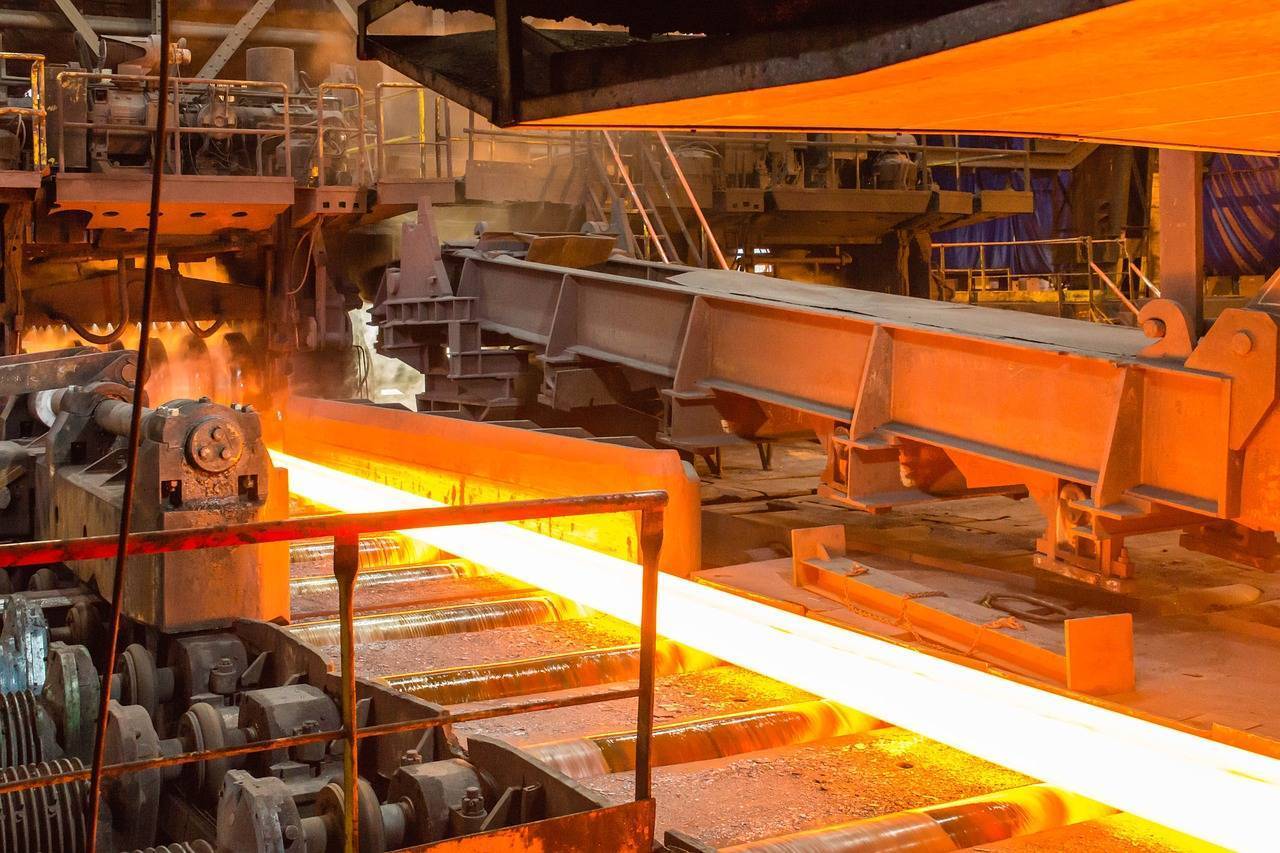
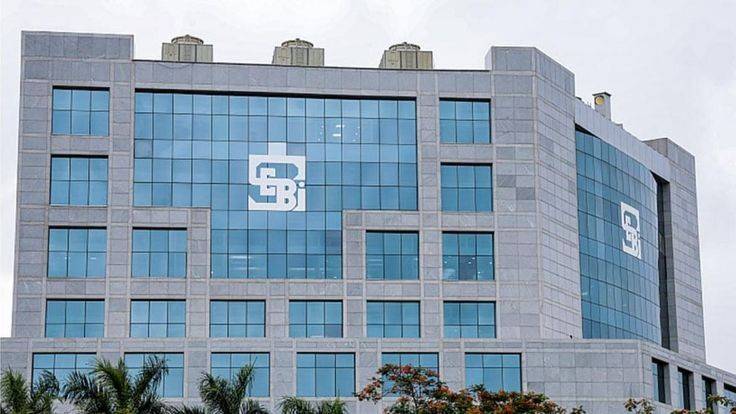
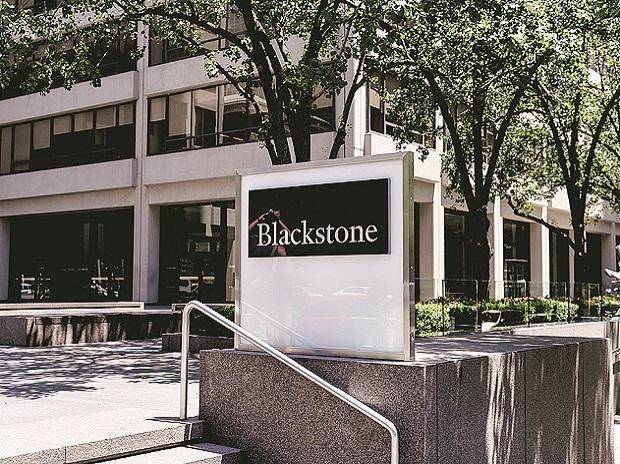

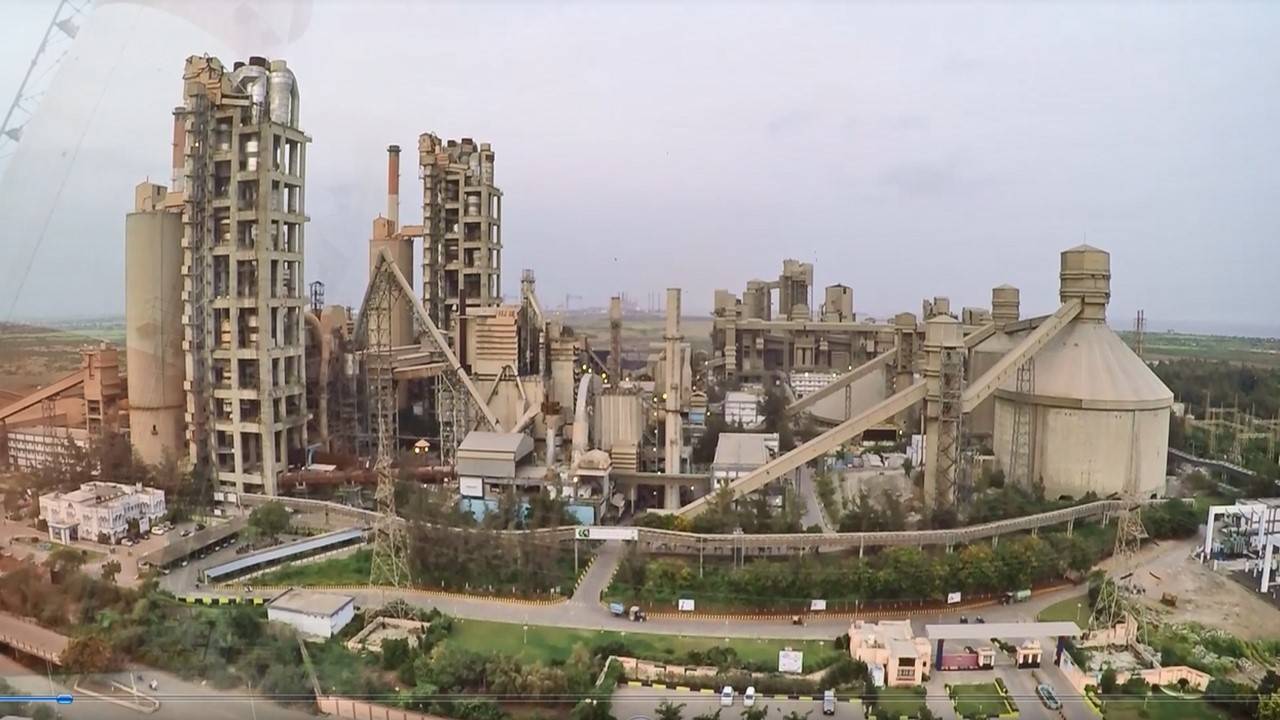
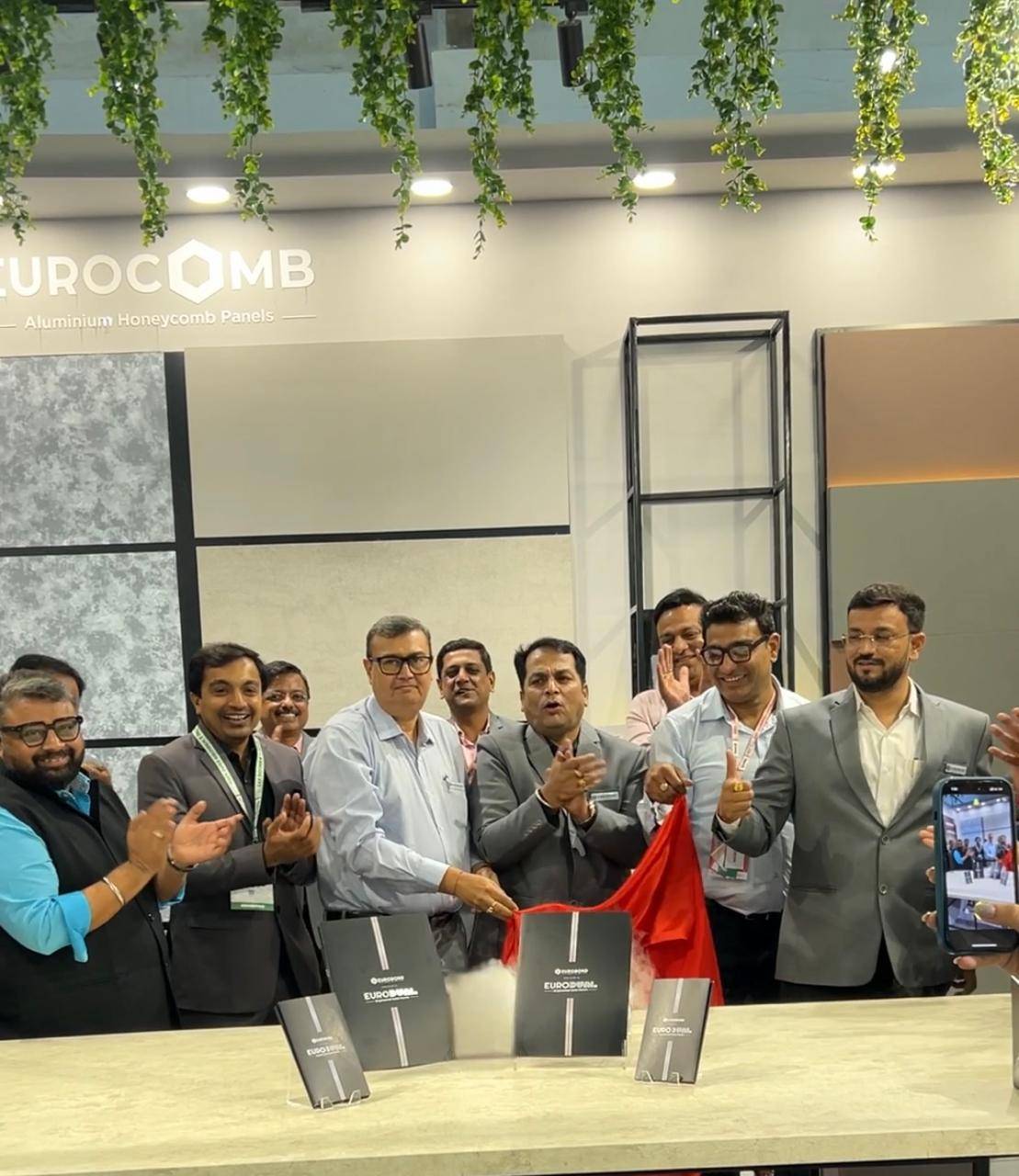
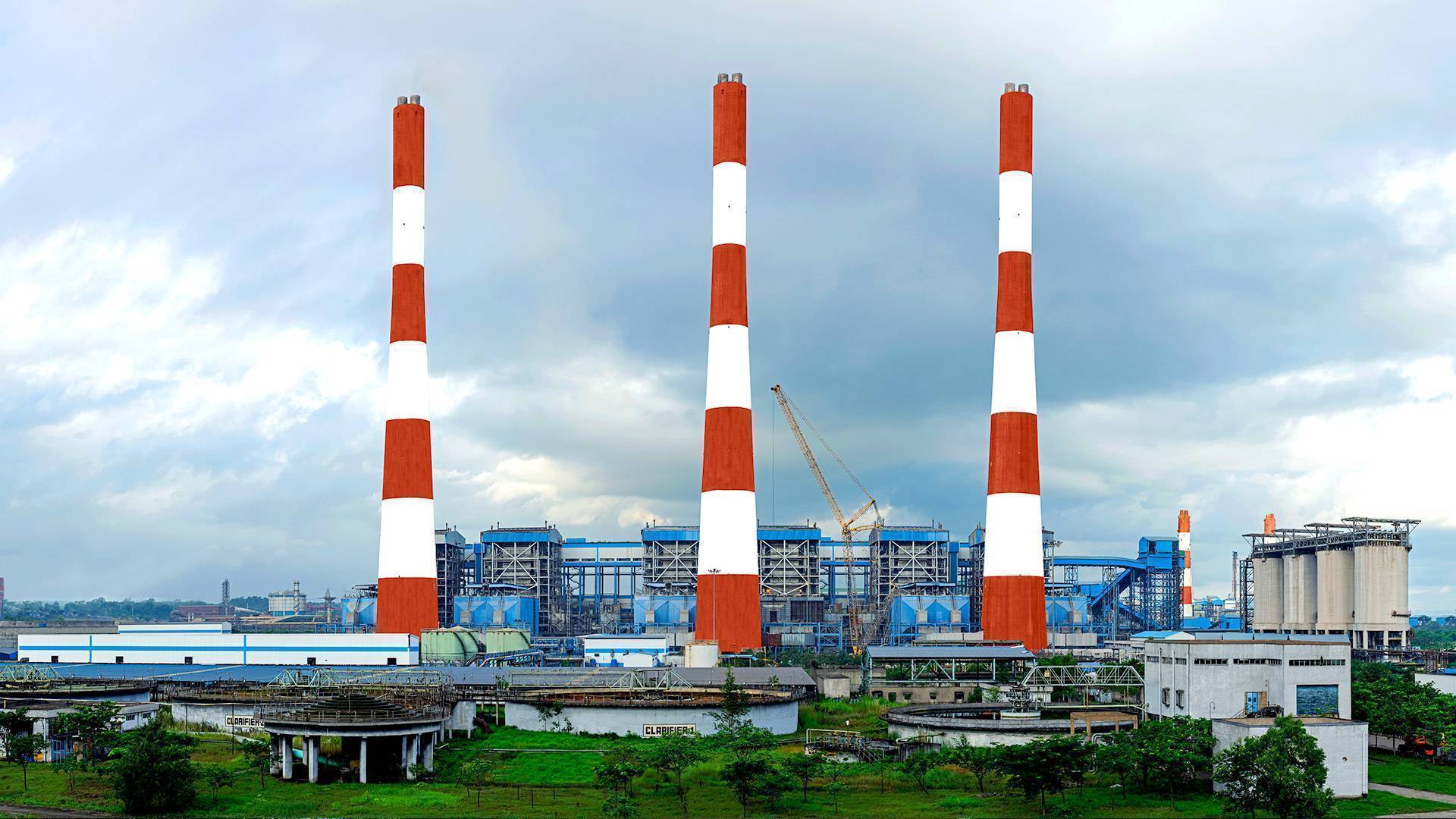
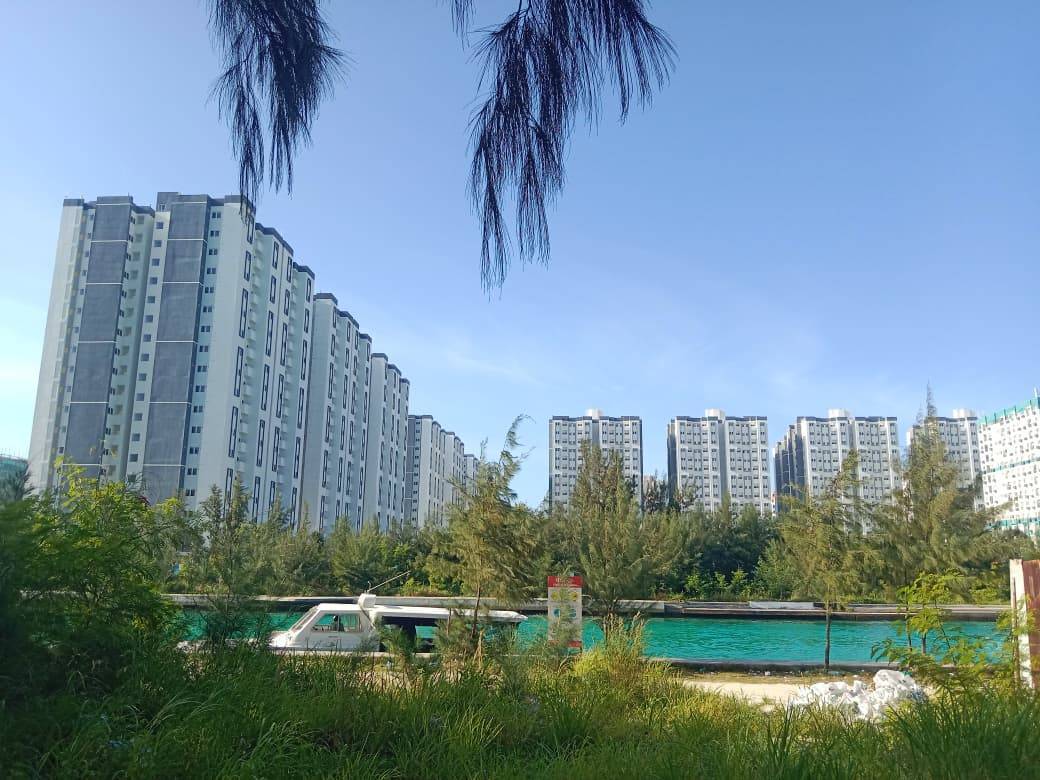
.png)